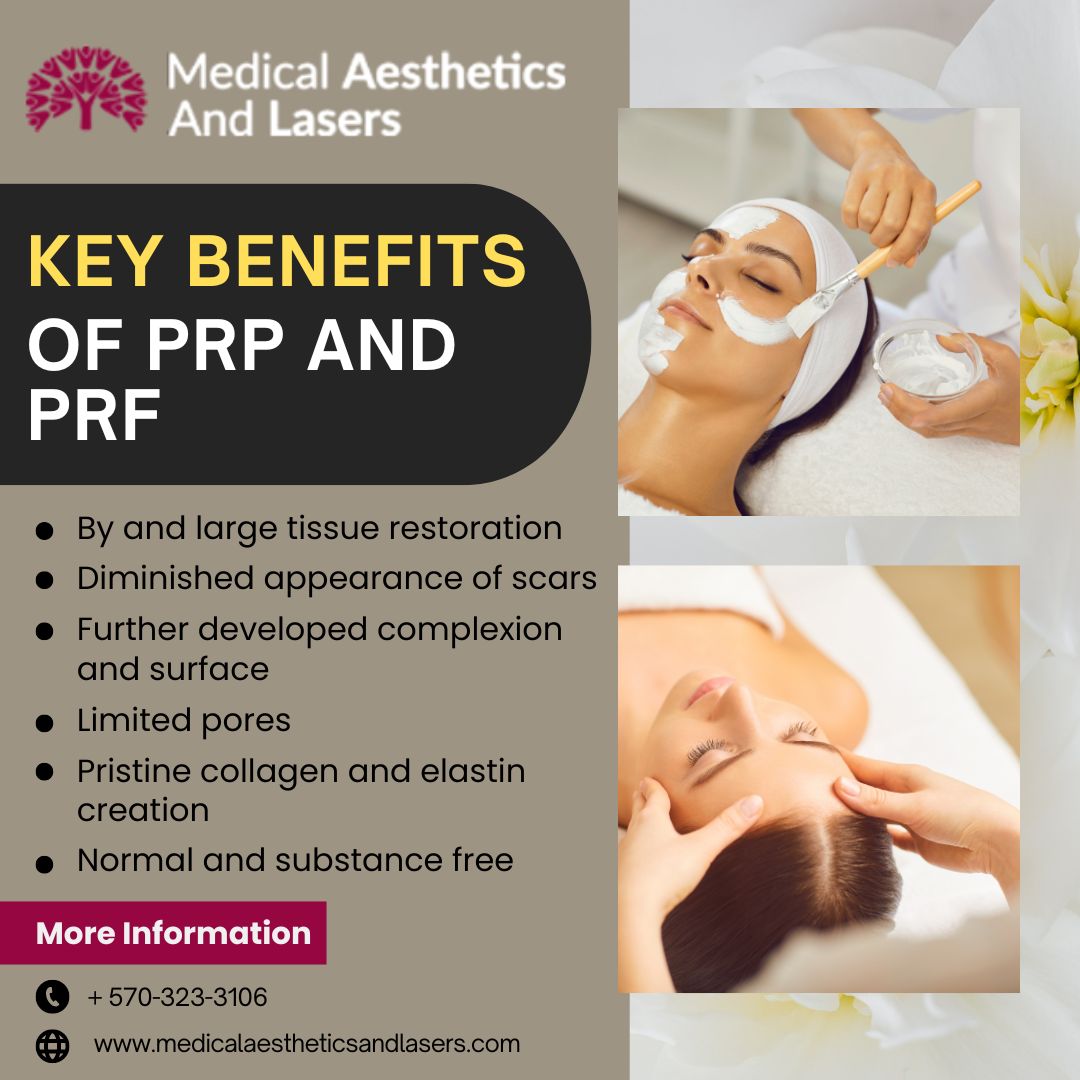
In the field of dentistry, there are various techniques and treatments available to improve oral health and promote tissue regeneration. Platelet-rich fibrin (PRF) and platelet-rich plasma (PRP) are two popular methods that have gained attention for their potential benefits. Both PRF and PRP involve the use of platelets derived from the patient’s own blood, but they differ in terms of preparation and application. This article aims to explore the differences between PRF and PRP in dentistry and determine which one is better suited for specific dental procedures.
Platelet-rich fibrin (PRF) is a natural and autologous product derived from the patient’s blood. The PRF preparation involves the centrifugation of blood samples to separate the platelets and fibrin from other blood components. Unlike PRP, PRF does not require the addition of anticoagulants or chemical agents.
The PRF clot obtained from the centrifugation process contains a concentrated amount of platelets, leukocytes, and growth factors. These components play a crucial role in tissue regeneration and wound healing. When applied to the treatment site, PRF releases growth factors gradually, providing a sustained release of healing properties.
Platelet-rich plasma (PRP) is another autologous blood product used in dentistry. To prepare PRP, blood is drawn from the patient and undergoes a centrifugation process to separate the plasma containing platelets from other blood components. Anticoagulants, such as citrate or EDTA, are added to prevent clotting during the centrifugation process.
PRP contains a higher concentration of platelets and growth factors compared to whole blood. When applied to the treatment site, PRP promotes tissue healing and regeneration. It accelerates the body’s natural healing response and facilitates the formation of new blood vessels, collagen, and bone.
Preparation Process:
Platelet Concentration:
Release of Growth Factors:
Clot Formation:
The choice between PRF and PRP depends on the specific dental procedure and desired outcomes. Here are some common dental applications for each technique:
Platelet-Rich Fibrin (PRF) Applications:
Platelet-Rich Plasma (PRP) Applications:
It’s important to note that the effectiveness of PRF and PRP may vary depending on individual patient factors, such as overall health, oral hygiene, and specific dental conditions. Consulting with a qualified dentist or oral surgeon is crucial to determine the most appropriate technique for a particular case.
In summary, both platelet-rich fibrin (PRF) and platelet-rich plasma (PRP) offer valuable benefits in dentistry. PRF provides a sustained release of growth factors and is ideal for situations that require long-term healing properties. On the other hand, PRP delivers a higher concentration of platelets and growth factors, making it suitable for applications that require rapid tissue regeneration.
The decision to choose PRF or PRP should be based on the specific dental procedure and desired outcomes. Consulting with a dental professional is essential to determine the optimal technique for each patient. By harnessing the power of these autologous blood products, dentists can enhance healing, promote tissue regeneration, and provide improved oral health outcomes for their patients.
© Medical Aesthetics And Lasers. All Rights Reserved. | Design By JR infotech